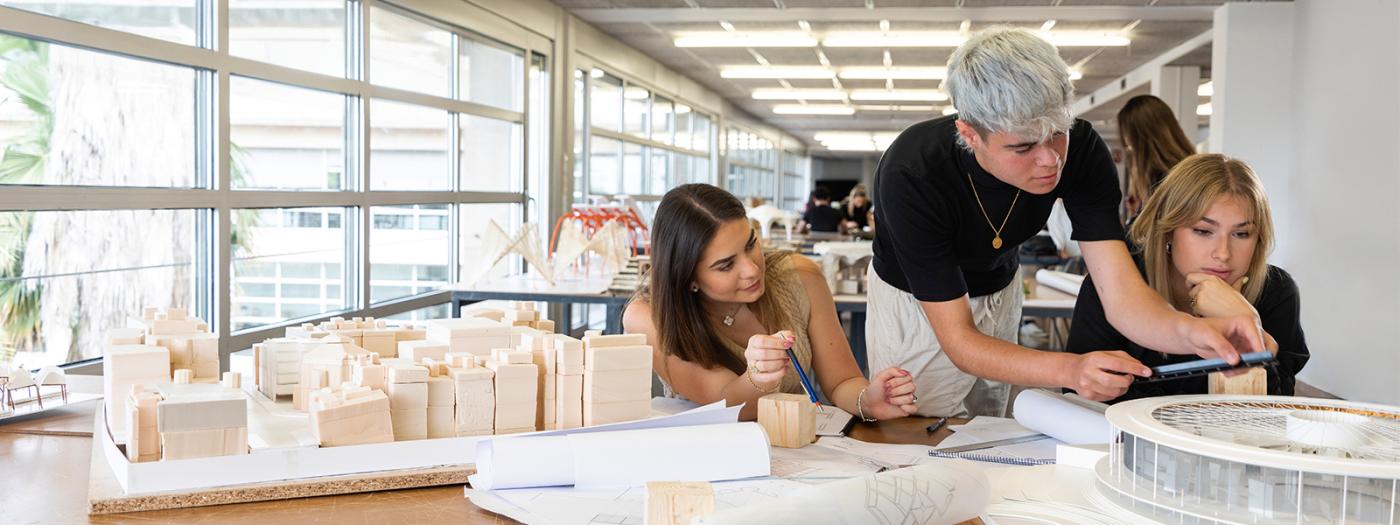Titular Professors
To Plot urban and non-urban land in orthogonal cylindrical projection system.
BLOCK 1. INTRODUCTION TO TOPOGRAPHY
o Definition of topography and surveying. Relations with other sciences
o Definition of planimetry, altimetry and tacheometry.
o Geographic elements, geographic coordinates.
o Scales, concept of visual perception limit.
o Natural distance, reduced distance and slopes
o Level surface, elevation, altitude and slopes
o Errors due to the effect of the earth curvature
BLOCK 2. SURVEYING INSTRUMENTS (TRANSPARENCES)
o Simple instruments
- Instruments for the determination of straight lines and horizontal and vertical planes.
- Instruments for marking points
- Instruments for the determination of directions
- Instruments for the determination of lengths
- Compound instruments
o Tachymeter
o Level
- Electronic surveying instruments
o Distance meter
o Total station
BLOCK 3. MEASUREMENT OF DISTANCES AND ANGLES
o DIRECT measurement of distances
o Tolerances in the direct measurement of distances
o The metallic tape
o Systematic and accidental errors
o The arithmetic avarage.
o INDIRECT measurement of distances
o Basis of the stadia
o Reticules and sights
o Tolerances
o Units used in surveying
BLOCK 4. PLANIMETRY AND PLANIMETRIC METHODS
o Topographic determination of the point
o Polar coordinates
o Cartesian coordinates
o Linear bipolar coordinates
o Bipolar angular coordinates
o Topographic methods: itineraries, radiation, intersection
o Basis of the methods
o Field of application
o Advantages and disadvantages
BLOCK 5. ALTIMETRY
o Simple geometric leveling. Foundation and midpoint method.
o Composite geometric leveling. Radial and longitudinal leveling. Field of application and blue prints it generates: longitudinal profiles and dimensioned planes.
o Trigonometric leveling. Accuracy obtained. Itineraries and radiations
o Terrain relief. Contour lines
BLOCK 6. LENGHT PROFILE AND EARTH CUBING
o The length profile
o Generalities, of what parts it is composed, what scale it has.
o How to obtain the longitudinal profile
o Transversal profiles
o How are they made
o What information they give and how it is obtained
o Land cubing
o Different methods. Advantages and disadvantages
BLOCK 7. AREAS AND POLYGONS
o Concept of agricultural area
o Determination of areas with direct measurement
o Method of decomposition into triangles
o Cartesian coordinate method
o Polar coordinate method
o Determination of areas by measurement on a blue print
o Decomposition into simple figures
o Determination of curvilinear contour areas. Methods of Bezout, Simpson and Poncelet
o Reparcelling
BLOCK 8. STAKEOUT OF STRAIGHT ALIGNMENTS
o Drawing alignments between points
o Intersection of alignments
o Prolongation of alignments beyond an obstacle
o Drawing perpendiculars
BLOCK 9. SETTING OUT CURVES
o Elements of a circular curve
o Methods of staking out a circular curve
BLOCK 10. STAKING OUT IN BUILDING CONSTRUCTION
o Stakeout of a building on its site or plot of land
o Stakeout bases: choice and calculation
o Stakeout of building elements
o Geometric control
BLOCK 11. GRADING
o Plan, layout and grade of a project.
o Grade agreements
o Vertical curves of agreement
o Calculation of coordinates and staking of the curve
Problems and exercices
Laboratory practices
Seminar
Self Paced Learning
Project-based learning.
Peer Instruction
Real events
Challenge-based learning
Master Class
Exams
Internal / external reports.
Exercices, problems, internships
Projects
Group / individual presentations
Self-assessment
Class participation / monitoring
Project corrections: tutorials
Jury corrections
